Following the great success of the Aito M7 SUV electric car model, Huawei is set to introduce two new car models. This move is a testament to Huawei’s commitment to showcasing China’s dominance in the electric car industry.
The current component shortage in the mobile phone sector has actually helped Huawei diversify its product range and make significant strides in the electric car industry.
Huawei’s success demonstrates that Chinese companies can thrive with government support and the robust technological infrastructure that they have built over the years, despite the challenges in the mobile phone and 5G sectors.
In addition, the high demand for Huawei’s electric car models highlights the advantage of a populous country in terms of car production capacity.
Rather than invest heavily in the research and development of a complete car, Huawei primarily focuses on software development and outsources most of the hardware production.
Collaborating with external manufacturers and leveraging their reputation allows many startups to boost sales. Huawei, with its extensive distribution channels, offers the Aito electric car for sale directly through cellphone stores.
According to the company’s information, the upcoming Avatr 12 car model will be priced at 300,800 NDT (over 1 billion VND). Positioned in the luxury segment, this model is a result of collaboration between Huawei, Chongqing Changan Automobile, and CATL.
The Avatr 12 boasts the ADS 2.0 intelligent control software, along with 29 sets of high-capacity sensors and 11 cameras.
As of September this year, Chongqing had only sold about 12,000 units of the previous Avatr model. Partnering with Huawei will likely boost sales figures and stimulate demand.
In the face of an increasingly saturated market, Huawei’s strategy of outsourcing the electric car label appears to be a prudent move.
When demand is inadequate and self-production of electric cars is no longer cost-effective, it becomes difficult to sustain profitability. This scenario often leads to price wars, as seen with electric car manufacturer Tesla.
On the other hand, numerous electric car startups, such as WM Motor and China Evergrande’s NEV, have resorted to restructuring or halting transactions due to their inability to repay debts.
New electric car companies constantly merge and acquire one another in order to survive in the market.
Commenting on Huawei’s strategy, Kollar, Director of Intralink, stated: “Huawei aims to integrate its technological strength into as many companies as possible, so that when the market consolidates, they will have network connections with surviving entities in the electric car industry.”
However, the Beijing government is currently tightening regulations on electric car registrations to prevent a potential market bubble burst.
Xiaomi is also awaiting government permission to venture into electric car production, but given the current market conditions, obtaining such approval remains highly uncertain.
Didi Global, a renowned ride-hailing platform in China, had partnered with Xpeng to research and develop electric cars. However, due to difficulties in obtaining necessary licenses, the company has abandoned its plans.
Huawei’s success with the Aito model has caught many electric car companies off guard.
Xpeng, an electric car startup that has been grappling with significant losses and struggling to boost sales, has questioned the safety of the Aito car’s emergency brake system.
On the other hand, Chen Hong, Chairman of SAIC Motor, one of China’s largest electric car companies, expressed concerns about relying on Huawei’s cellphone software and collaborating with the company. He sees it as relinquishing control and the essence of the product to a stranger.
In response to such concerns, Huawei stated that it seeks not to exert control over others, but rather to assist the electric car industry in overcoming challenges.
Richard Yu, Director in charge of Huawei’s electric car division, shared: “In the era of increasingly popular smart electric cars, competition in this field will become extremely fierce. Therefore, in the long run, Huawei believes that closely collaborating with car companies will enable them to survive and become one of the few industry leaders.”
TH (Tuoitrethudo)
Reference: Bloomberg

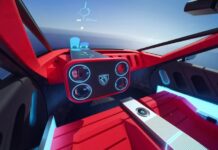

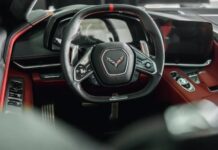
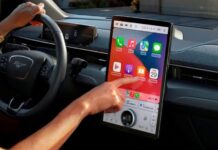
























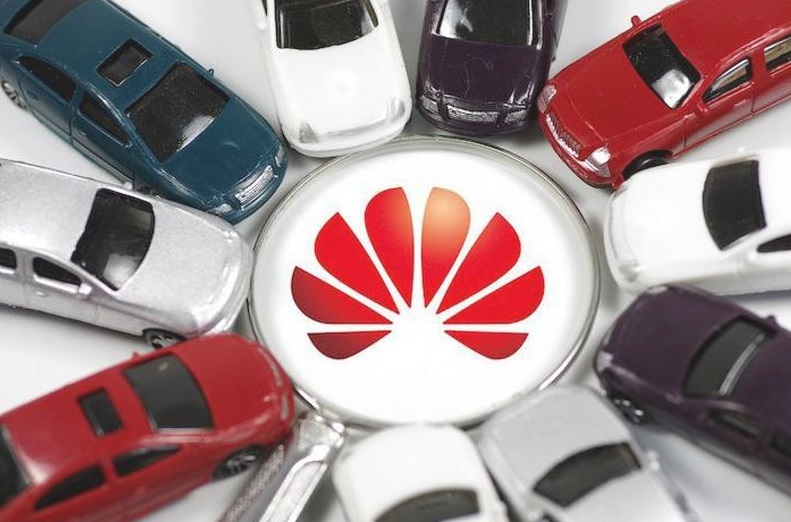
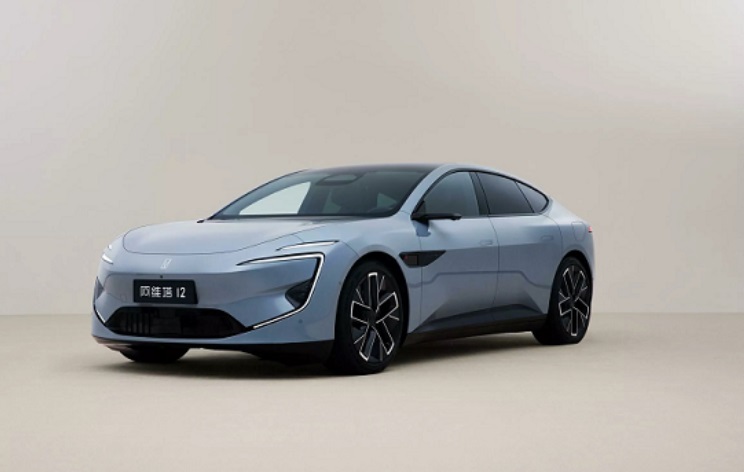
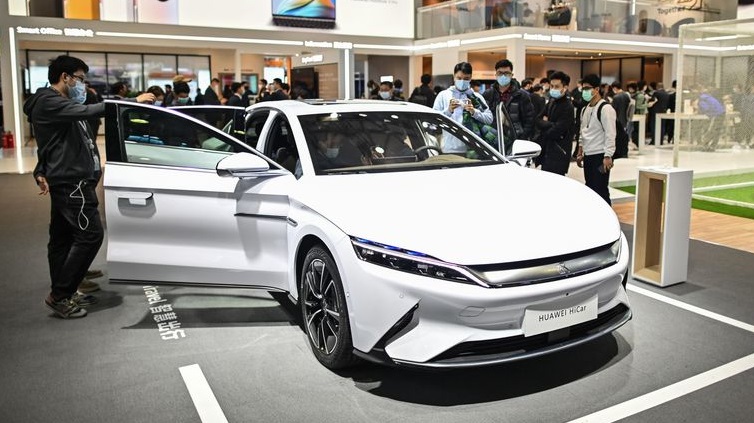
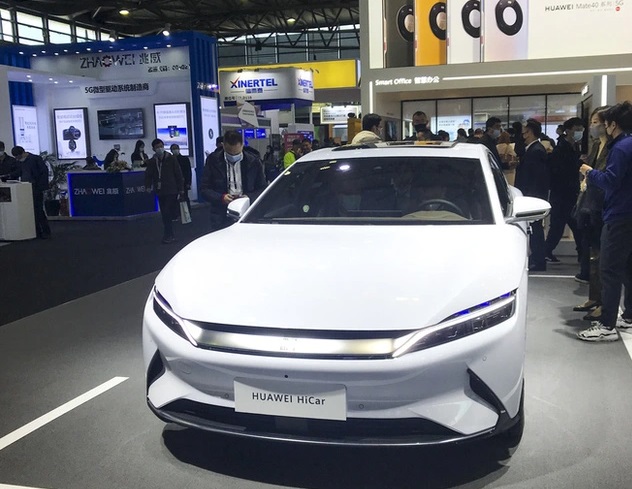
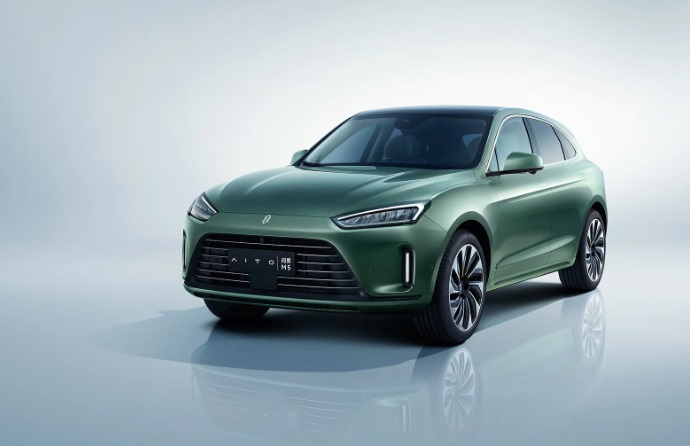
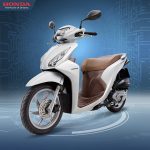
![[CAR REVIEW] The Newly Launched BMW iX3 in Vietnam: Compact, Practical, and Expensive](https://vnauto.net/wp-content/uploads/2023/10/xehay-bmwix3-01082023-9-150x150.jpg)
![[QUICK REVIEW] VinFast VF5: Extremely Affordable, Spacious, and Well-Equipped](https://vnauto.net/wp-content/uploads/2023/10/Xehay_VF5plus_21042318-150x150.jpg)
![[CAR REVIEW] User Reviews of VinFast VF 9: Stylish, Luxurious, Smooth Ride, and Perfect for Families](https://vnauto.net/wp-content/uploads/2023/10/xehay-vinfastvf9-09092023-12-150x150.jpg)
![[CAR REVIEW] Wuling Mini EV: Affordable, Compact, Convenient, but…](https://vnauto.net/wp-content/uploads/2023/10/xehay-wulingev-16062023-8-150x150.jpg)











